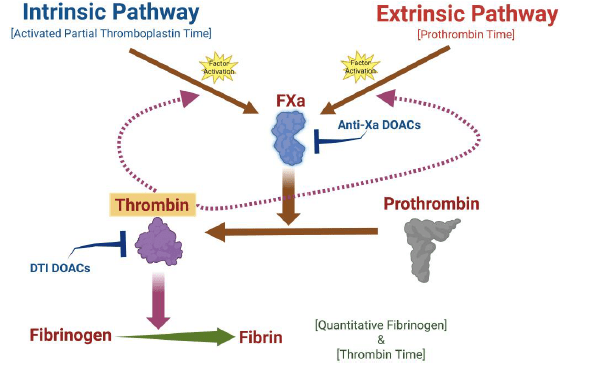Microscopic Hematuria an Unreliable Indicator of Bladder Cancer
By LabMedica International staff writers
Posted on 04 Feb 2013
A study found that microscopic hematuria does not necessarily mean cancer, and has led to a new model to predict renal and bladder cancer risk better.Posted on 04 Feb 2013
Blood found in urine that cannot be seen by the naked eye does not necessarily indicate the presence of cancer, according to a Kaiser Permanente Southern California (Gardena, CA, USA) study published in the January 11, 2013, online version of the journal Mayo Clinic Proceedings. Tests routinely done on patients with this condition could be avoided and has led to the creation of a screening tool to better diagnose certain types of cancers.
The study examined the electronic health records of more than 4,000 patients with microscopic hematuria who were members of Kaiser Permanente health plans in Southern California, Northern California, and the Pacific Northwest between January 2009 and August 2011. The study found that an extremely small proportion of patients with microscopic hematuria were subsequently discovered to have cancer. Among the 4,414 patients who were evaluated for the condition, only 2.3% were diagnosed with bladder cancer and only 0.2% had a pathologically confirmed diagnosis of renal cancer.
Pathology reports were reviewed for all patients with cancer diagnoses. A total of 50 cancers (44 bladder and 6 renal) were confirmed in the test cohort and 61 cancers (56 bladder and 5 renal) in the validation cohort. In the test cohort, 5 of 55 neoplasms were benign on the final pathology report, and 1 patient with a 1.7-cm, enhancing renal lesion elected close observation and was counted as having stage T1 cancer. In the validation cohort, 56 of 59 bladder cancers were confirmed as were 5 of 7 renal cancers (2 renal lesions were benign hemorrhagic renal cysts). The overall cancer detection rate was 1.9% in the test cohort (50 of 2630 patients) and 3.4% for the validation cohort (61 of 1784 patients).
Overall, 100 bladder cancers were diagnosed among 4414 patients evaluated (2.3%), and only 11 renal cancers were pathologically confirmed (0.2%).
It is probable that patients with microscopic hematuria, especially those under 50 years of age and with no history of gross hematuria, may not benefit from further evaluation, and therefore could avoid routine tests that contain unnecessary risks such as radiation exposure from CT scans and invasive endoscopy.
“This study provides scientific data that confirms what others have suspected—that microscopic hematuria is an unreliable indicator of renal or bladder cancer,” said study lead author Ronald K. Loo, MD, and regional chief of urology for the Southern California Permanente Medical Group. “This suggests that a large number of follow-up examinations of patients with asymptomatic microscopic hematuria, which often includes radiologic and invasive procedures, could be safely avoided.”
Related Links:
Kaiser Permanente Southern California







 Analyzer.jpg)






